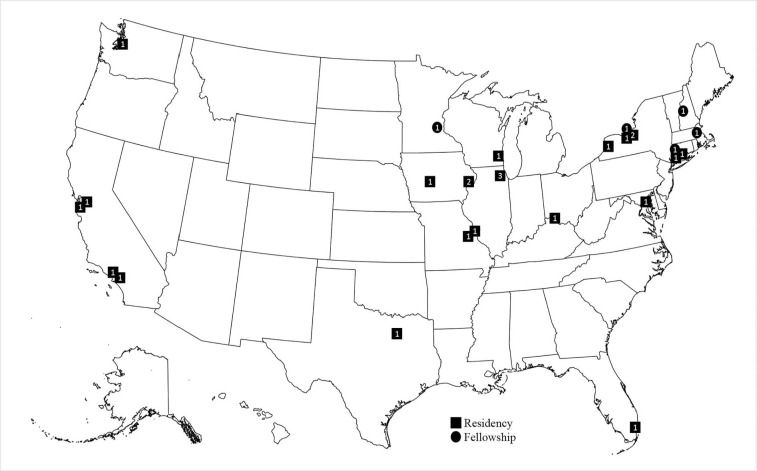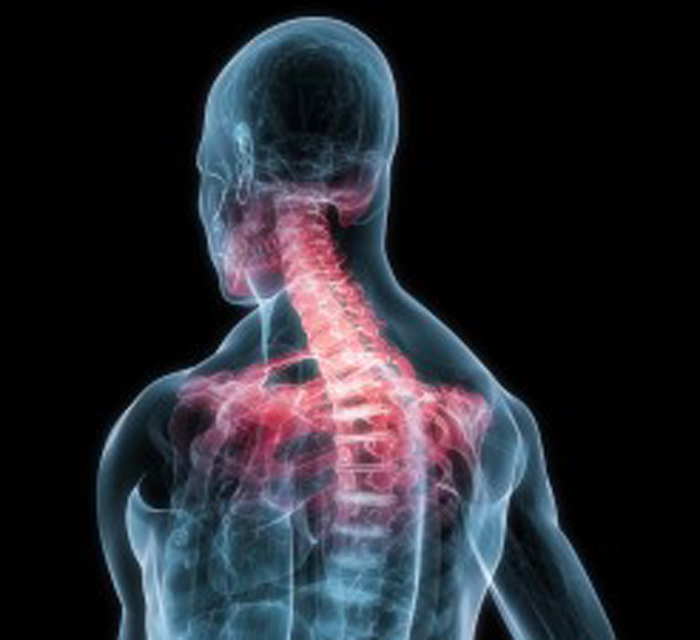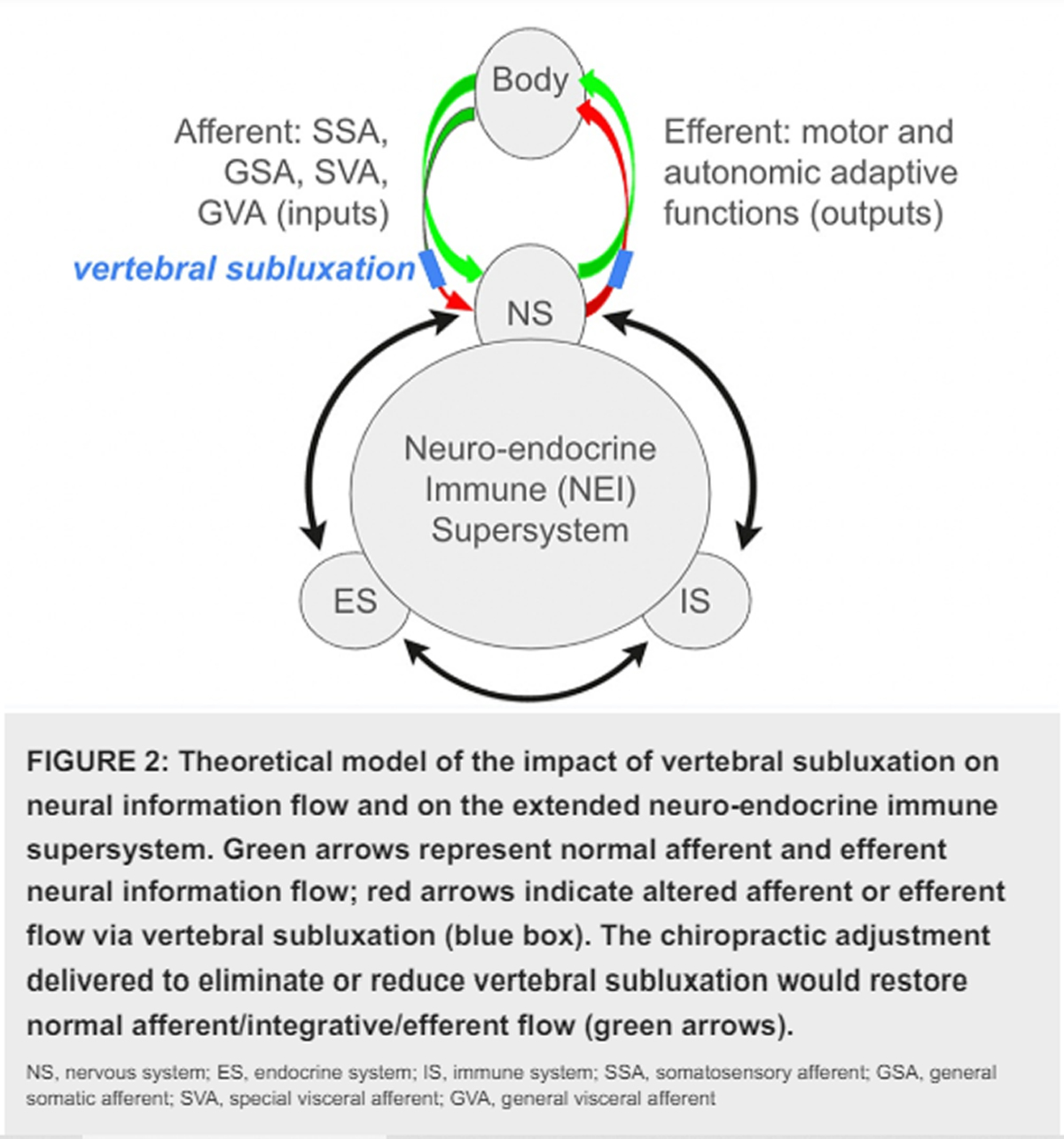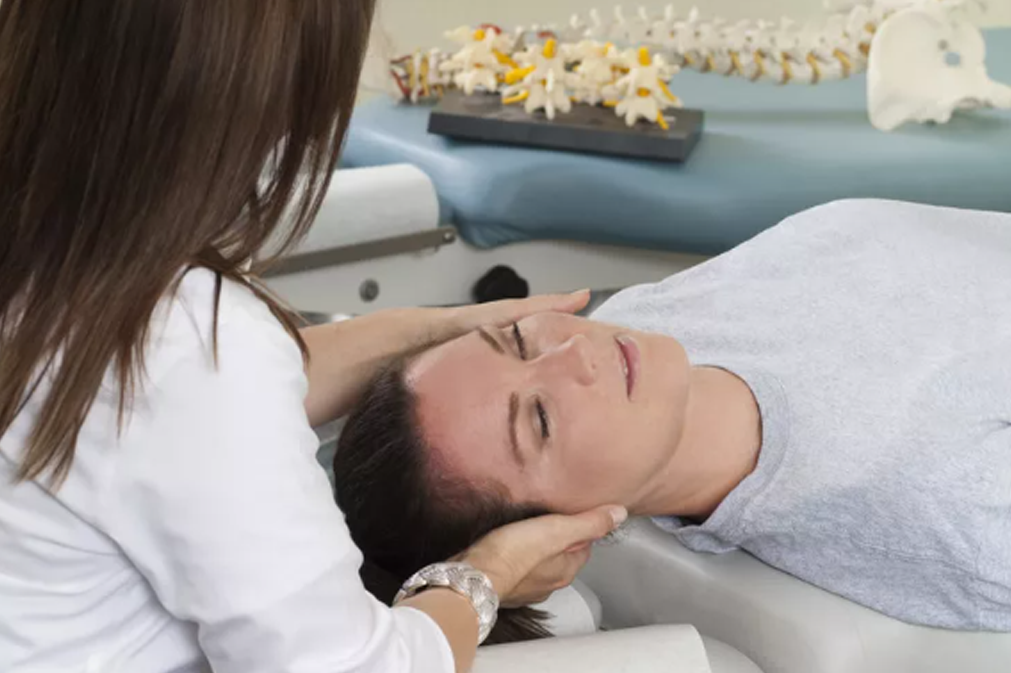Clinical Disorders and the Sensory System
We would all like to thank Dr. Richard C. Schafer, DC, PhD, FICC for his lifetime commitment to the profession. In the future we will continue to add materials from RC’s copyrighted books for your use.
This is Chapter 4 from RC’s best-selling book:
“Basic Principles of Chiropractic Neuroscience”
These materials are provided as a service to our profession. There is no charge for individuals to copy and file these materials. However, they cannot be sold or used in any group or commercial venture without written permission from ACAPress.
Chapter 8: Clinical Disorders and the Sensory System
This chapter describes those sensory mechanisms, joint signals, and abnormal sensations (eg, pain, thermal abnormalities) that have particular significance within clinical diagnosis. The basis and differentiation of pain are described, as are the related subjects of trigger points and paresthesia. The chapter concludes with a description of the neurologic basis for the evaluation of the sensory system and the sensory fibers of the cranial nerves.
THE ANALYSIS OF PAIN
IN THE CLINICAL SETTING
Although all pain does not have organic causes, there is no such thing as “imagined” pain. Pain that can be purely isolated as a structural, functional, or an emotional effect is rare. More likely, all three are superimposed upon and interlaced with each other in various degrees of status. This is also true for neural, vascular, lymphatic, and hormonal mechanisms.
Common Causes of Pain and Paresthesia
The common causes of pain and paresthesia are:
(1) obvious direct trauma or injury;
(2) reflex origins in musculoskeletal lesions, which deep pressure often exaggerates, such as trigger areas;
(3) peripheral nerve injury (eg, causalgia), which results in an intense burning superficial pain;
(4) the presence of nerve inflammations and degeneration of the peripheral or CNS, which frequently cause other changes indicative of such lesions;
(5) reflexes from visceral reflexes;
(6) vascular disease; and
(7) sensory root pressure.
Vascular disease is usually associated with other changes such as swelling, redness, blanching, or other signs of vascular distress depending upon whether it is an arterial or a venous problem. Certain neurovascular syndromes may be associated with pain and paresthesia. Vasomotor disturbances may be caused or aggravated by vertebral subluxations such as the deep congestive leg aches associated with upper lumbar subluxations or the cranial vasomotor headaches and other symptoms of cervical subluxation.
Sensory root pressure is characterized by pain, paresthesia, and often by abnormal sensitivity to touch along the course of the involved nerve root’s segmental skin supply. Thus, this becomes an important consideration and needs to be traced and demarcated with a skin pencil to see if the area corresponds to a specific dermatome.
Pain and other sensory disturbances caused by subluxations may be due to direct nerve root involvement and, therefore, of the nature mentioned above. They also may be due to reflex irritation of the paravertebral ligaments, tendons, or muscles and, like other myofascial trigger areas, refer pain into somatic areas that do not correlate to direct dermatomes or specific nerve roots.
Common disorders that are associated with spinal pain
are shown in Table 8.1.
Unilateral sciatic pain following a specific dermatome and not remissive except by a possible position of relief is often manifested. There is usually a C scoliosis away from the side of pain, splinting, and a flattening of the lumbar spine. Lasegue’s, Kemp’s, and Naffziger’s tests are positive. There may be diminished tendon reflexes of the involved segment and possible weakness and/or atrophy of the musculature innervated.
An IVD protrusion initially impinges on the recurrent meningeal nerve in or just medial to the IVF, according to Wyke. At this stage, he feels that the centralized pain produced (without sciatica) is the result of pressure interrupting afferent mechanoreceptor activity and irritating the afferent nociceptive fibers.
Pain of Mechanical Origin
It was briefly described in the previous chapter that the three major etiologic categories of pain are:
(1) mechanical causes,
(2) chemical causes, and
(3) psychic causes. The mechanical causes of pain include stretching, displacement, and pressure involving various tissues of the body.
When contractions are sustained, the spasm causes pain. Any direct pressure on the supplying nerve will cause pain in the distribution of the nerve. Painful pressure also can arise from hard tissues such as bone or cartilage, but edema, inflammatory exudates, adhesions, gaseous distention, visceroptosis, and muscle tension also will produce mechanical pressure or tension on nociceptors in certain instances. Distention of the venous and lymphatic systems can cause pain if the back pressure is sufficient and prolonged.
Once the difference between the normal and the abnormal is well understood, changes in posture, muscle tone, and movement offer fundamental clinical clues to diagnosis and therapy. When the biomechanical mechanisms involved are acknowledged, painful effects can often be reproduced or relieved at will. Knowing exactly where, when, and how motion increases or decreases pain is the major clue that leads the examiner to find and correct a point of distress whether it is functional or structural.
Pain Induced by Change of Position
Because symptoms often vary with a change in position, this will strongly suggest that the problem has a mechanical origin involving the musculoskeletal system rather than due to some visceral disorder. In fact, positional pain that has existed for years without exacerbation is usually considered to be of mechanical origin.
If pain increases during active or passive compression, it suggests that the tissue being compressed is tender. This compression may be nothing more than normal weight bearing, or it may be from the tissue squeezing that occurs in movement of a joint. Pain that develops when tissues are stretched suggests that the tissues being stretched are hypersensitive. Thus, back pain that develops during side bending is either of compression or tension. If the pain arises on the opposite side of the lateral flexion, then the stretching action is the precipitant factor (eg, torn or tight tissues). If the pain occurs on the side of lateral bending, then, obviously, compression of tender structures is the problem (eg, subluxation, thinned IVD, jammed joint, arthrosis, tissue entrapment).
Observing how the body moves offers the best clues to muscle and joint problems. The patient will invariably assume an antalgic position. In low back spasm, for example, the posteriorly rotated pelvis, the flattened lumbar area, and the slight flexion of the knees and hips, bilateral or unilateral, are unconscious attempts to lessen the tension of the involved sciatic or recurrent nerve and/or to reduce intradisc pressure. Antalgic muscle spasm is extremely common to acute lumbar dysfunction. The greater the pain, the greater will be this “semi-squat” posture in the upright position.
Table 8.1 Typical Disorders Associated with Spinal Pain (Acute/Chronic)
| Review the complete Chapter (including sketches and Tables) at the ACAPress website |






Leave A Comment